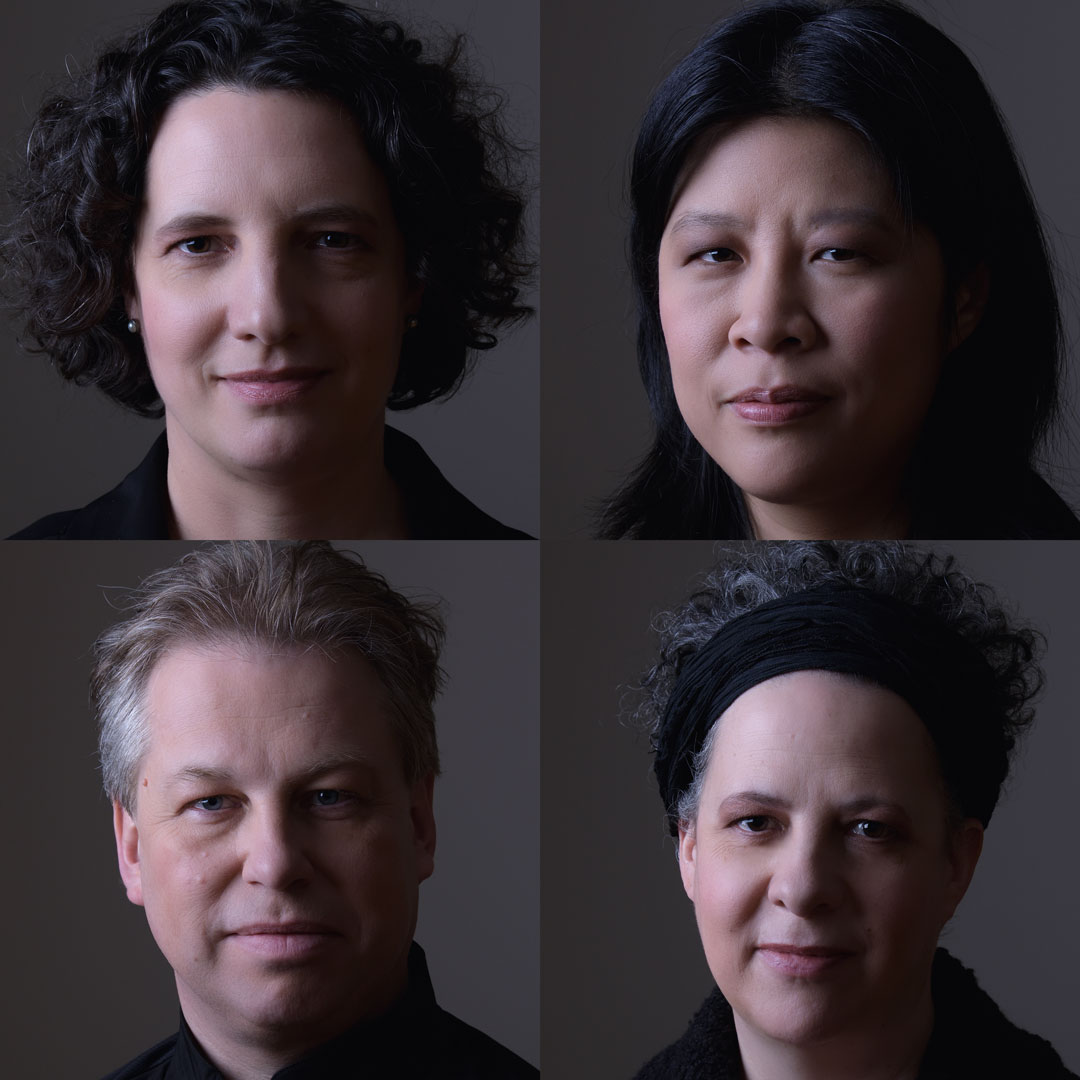We regret to announce a program change for August 17th. Neither Konus Quartett, from Switzerland, nor the Austrian composer Klaus Lang are able to perform in New York this week. The required work visas that would permit them to perform in concert in the US have not been issued on time even though the application process started many months ago. Mr. Lang will attend the world premiere of his string quartet, the long field.
The updated program appears below. Please note that the program notes linked to this page, and those in the printed program book, reflect the original program for this date.
Bekah Simms
Songs for Fallow Fields, 2023-24
Klaus Lang
the long field, 2024*
a new string quartet for Bozzini Quartet
* World Premiere
James Tenney
Koan for String Quartet, 1984
Bozzini Quartet
Clemens Merkel, violin
Alissa Cheung, violin
Stéphanie Bozzini, viola
Isabelle Bozzini, cello
Concert duration: 1 hour 10 minutes

With generous support from Schweizerische Interpretenstiftung, Fondation Suisa, Nicati-de Luze, SKE austromechana, and Pro Helvetia
More About
Bekah Simms
Klaus Lang
James Tenney
Bozzini Quartet

